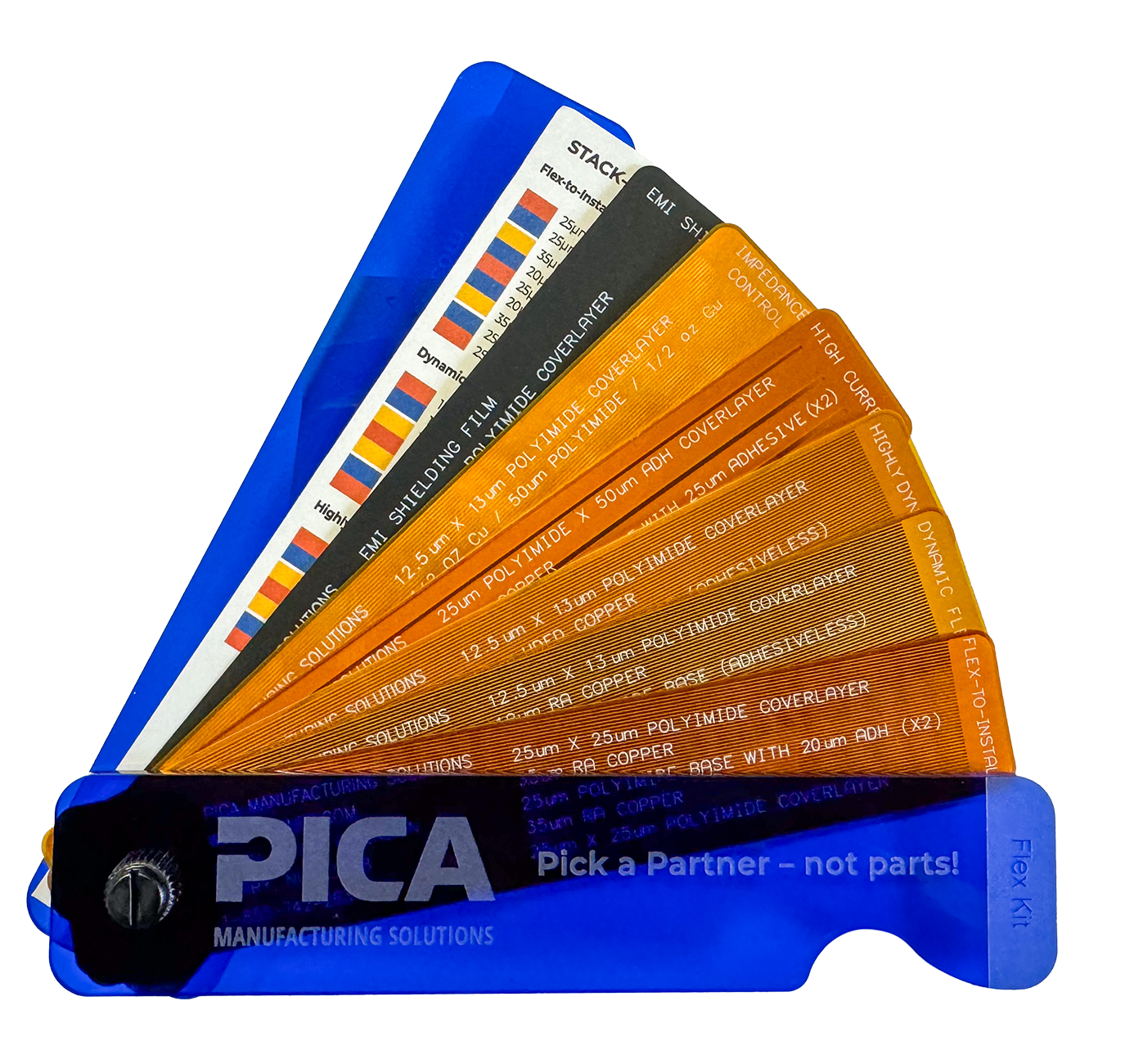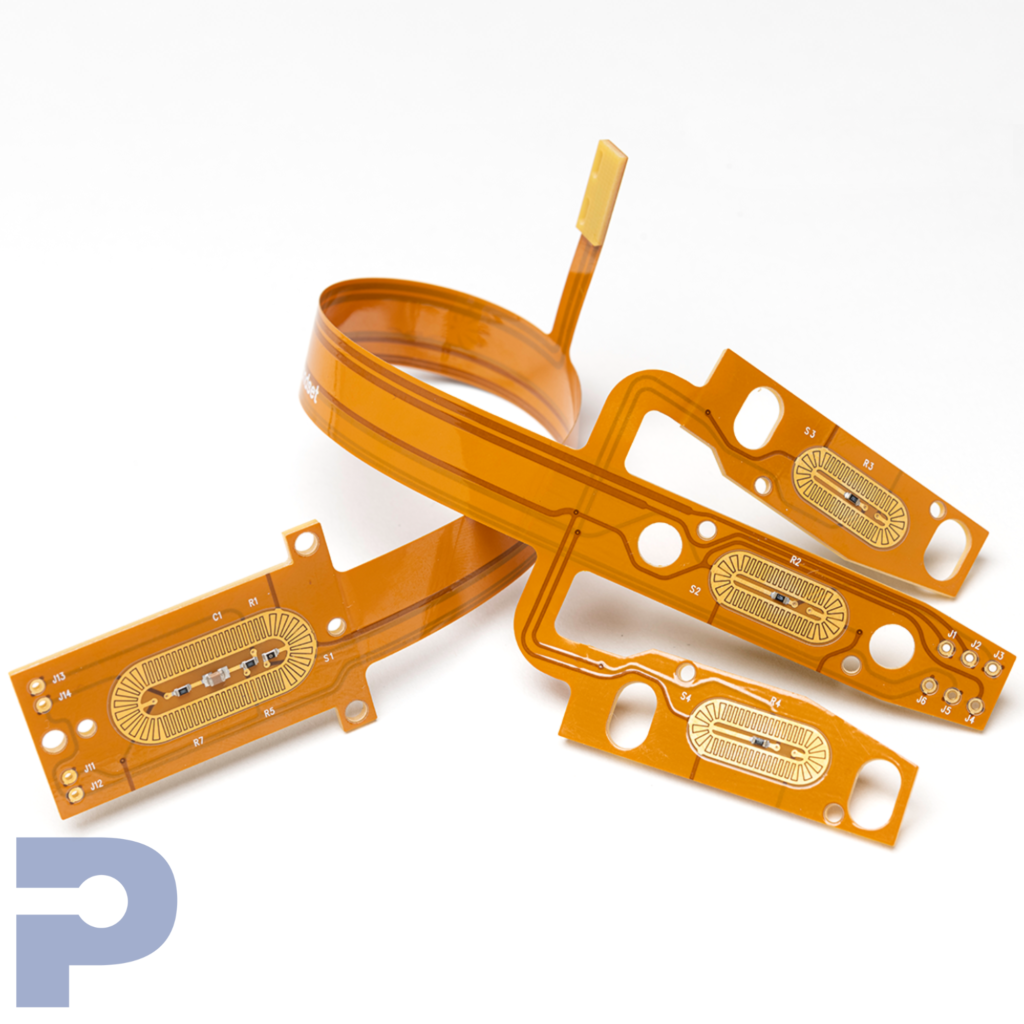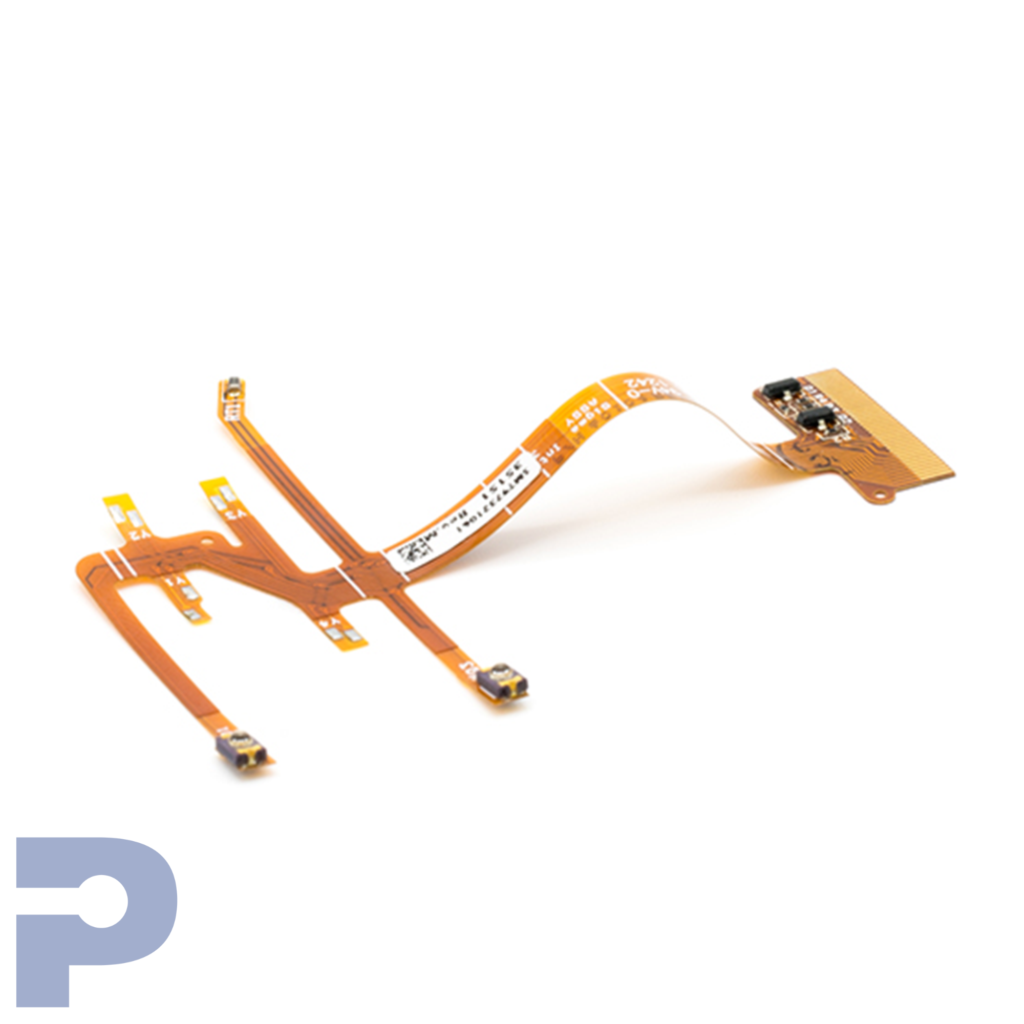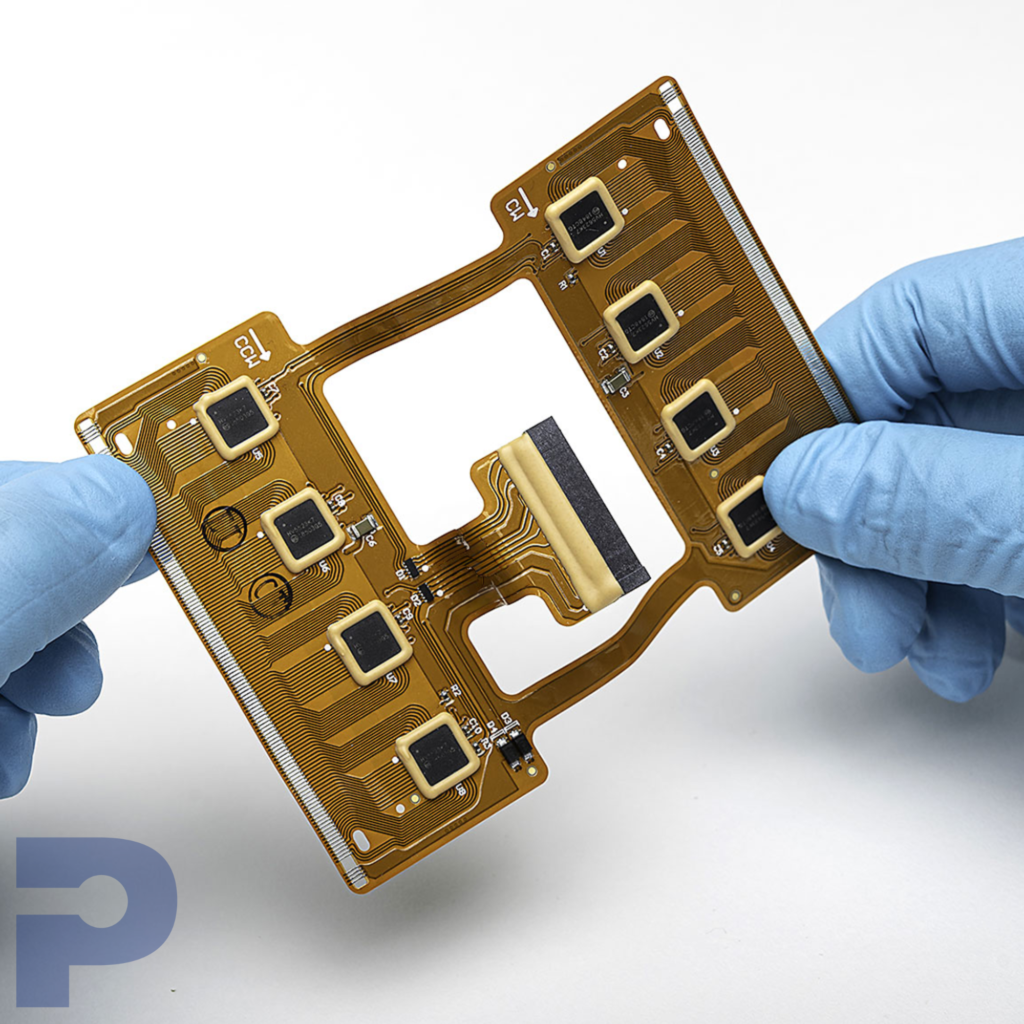Flexible Circuit Boards / Flex PCB:
Flexible Printed Circuit Boards (flex PCB) or Flexible Circuit Boards, are an essential component in the realm of modern electronics. Flex PCB design is made from flexible materials like polyimide or polyester, and are designed to bend, twist, or fold, enabling them to fit into tight or irregular spaces. This unique characteristic of flex PCB is particularly advantageous in contemporary electronic design, where maximizing space and conforming to unconventional designs are often critical.
In their construction, flexible circuit boards/flex PCB design typically comprise multiple layers, including conductive traces and insulating layers. The conductive layers are generally made of copper and are responsible for carrying electrical signals. The insulating layers in flex PCB design serve to protect these conductive traces, ensuring the integrity and reliability of the circuit. This layered structure allows flexible circuit boards to house complex circuit designs in a compact form, making them an ideal choice for space-sensitive applications.
Flexible circuit boards are renowned for their versatility, finding applications in diverse fields from consumer electronics to automotive and aerospace industries. The lightweight nature of flex PCB design, along with their ability to flex, makes them particularly valuable in applications where weight and space are critical constraints. For instance, in aerospace applications, the use of flexible circuit boards/flex PCB helps in reducing the overall weight of the electronic systems, which is crucial for performance and efficiency.
The durability of flex PCB design is another significant attribute. Their capacity to withstand bending and flexing reduces the risk of damage during assembly or operation. This durability, coupled with the inherent lightweight and flexible nature of flexible circuit boards, positions them as a preferred choice in many high-tech industries.
Contact us with any questions on flexible circuit design and our capabilities as a flex PCB manufacturer. We look forward to hearing from you and your design needs.
For technical information on PICA's Flexible Printed Circuit Board capabilities, click the button below.
Benefits
Space Saving Design: The flex PCB design is uniquely suited for compact and irregular spaces, efficiently optimizing the limited real estate within electronic devices. Their adaptability allows them to conform to various shapes and sizes, making them ideal for space-constrained applications.
Enhanced Reliability: By eliminating the need for connectors and interconnecting cables common in traditional PCB setups, flexible circuit boards significantly reduce the likelihood of connection failures. This streamlining of components enhances the overall reliability of the electronic device.
Superior Durability: Flexible PCB design exhibit remarkable resistance to vibrations, shocks, and mechanical stresses. This robustness makes them particularly well-suited for applications in demanding operating environments where traditional rigid boards might fail.
Lightweight Construction: The inherent lightness of flexible circuit boards contributes to a noticeable reduction in the overall weight of the devices they are integrated into. This is especially beneficial in portable electronic devices where weight is a crucial factor.
Design Versatility: Offering far greater flexibility compared to their rigid counterparts, the flexible circuit board empower designers with more creative freedom. They support three-dimensional configurations and can be bent or folded, paving the way for innovative, space-efficient designs that were previously unattainable with rigid boards.
Applications
Consumer Electronics: Flexible circuit boards are integral in the design of smartphones, tablets, wearable devices, and other portable electronics. Their space-saving and lightweight attributes are crucial in these applications, where compactness and reduced weight are key considerations.
Medical Devices: In the medical field, flex PCB design find extensive use in a variety of devices. They are particularly valuable in pacemakers, hearing aids, and medical implants, as well as numerous diagnostic devices. Their flexibility and biocompatibility make them ideally suited for these sensitive applications.
Automotive: Flexible circuit boards are utilized in various automotive applications, including control systems, lighting, and entertainment systems. Their ability to conform to the contours of a vehicle and withstand vibrations is especially beneficial in this sector.
Industrial Equipment: In industrial settings, flexible circuit board is employed in control systems, robotics, and sensors. Their durability in harsh environments, coupled with their space-saving and weight reduction advantages, make them a preferred choice in complex industrial equipment.
Defense Aerospace: The defense and aerospace sectors rely on flexible circuit boards for their critical systems, such as satellites, missiles, and other defense equipment. The exceptional durability of a flexible PCB, along with their ability to endure extreme conditions and resist vibrations, is particularly valued in these high-stakes applications.
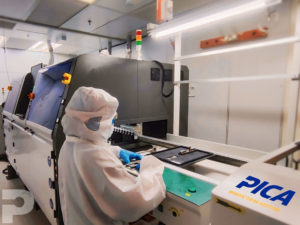
Advanced Flexible Printed Circuit Solder Coating Process
Customer: A leading innovator in inkjet technology, our customer is renowned for their advanced and precise printheads. Serving various sectors within the industrial, commercial, and
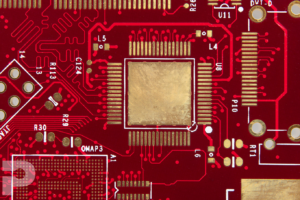
Advanced Surface Finishes for Enhanced PCB Performance
This blog is an introduction to a white paper that contains additional information on surface finishes including: Immersion Silver or Tin, OSP (Organic Solderability Preservatives),
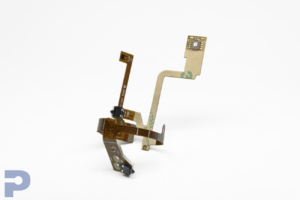
Exploring Adhesives in Flexible Circuit Production
The production of flexible circuits (FPCs) relies heavily on various types of adhesives to ensure durability, flexibility, and functionality. In this post, we will delve into the different adhesives used, highlighting their unique properties and applications.
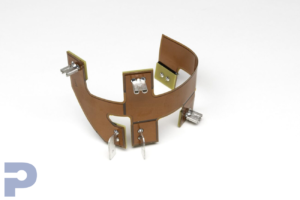
Choosing the Right Stiffener: A Guide to Materials for Flexible Circuit Support
Stiffeners are essential for providing mechanical support to flexible circuits, particularly in areas where electronic components are mounted. By reinforcing specific sections of the flex
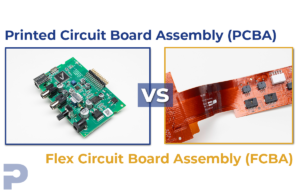
PCBAs vs. FPCAs: Understanding the Differences
PCBAs (Printed Circuit Board Assemblies) and FPCAs (Flexible Printed Circuit Assemblies) are both integral to the functioning of electronic devices, yet they cater to distinct
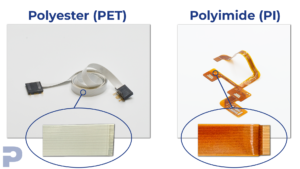
Flexible Printed Circuit (FPC) Dielectric Materials: Choosing the Best for Your Application
At PICA Manufacturing Solutions (PMS), we specialize in creating Flexible Printed Circuits (FPCs) that enable innovative designs by conforming to limited spaces and unique shapes.
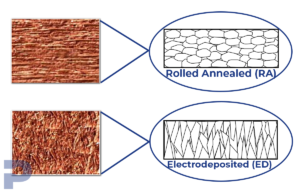
The Best Copper Conductor for Flex-to-Install & Dynamic Applications
When it comes to choosing the right conductor material for flexible printed circuits (FPC), the primary consideration revolves around how the material performs under specific
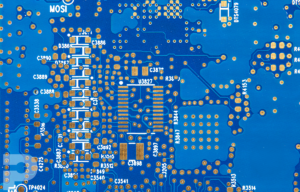
Printed Circuit Board (PCB) Via Protection: Strategies and Standards
This blog is an introduction to a larger white paper that features 7 different via protection types. Download the full white paper to continue reading The Essential
Request Your PICAKit Today
We want you to take a look at what we can produce for you by offering you a PICAKit which includes a variety of flexible pcb, shields, and flat flexible cables.
